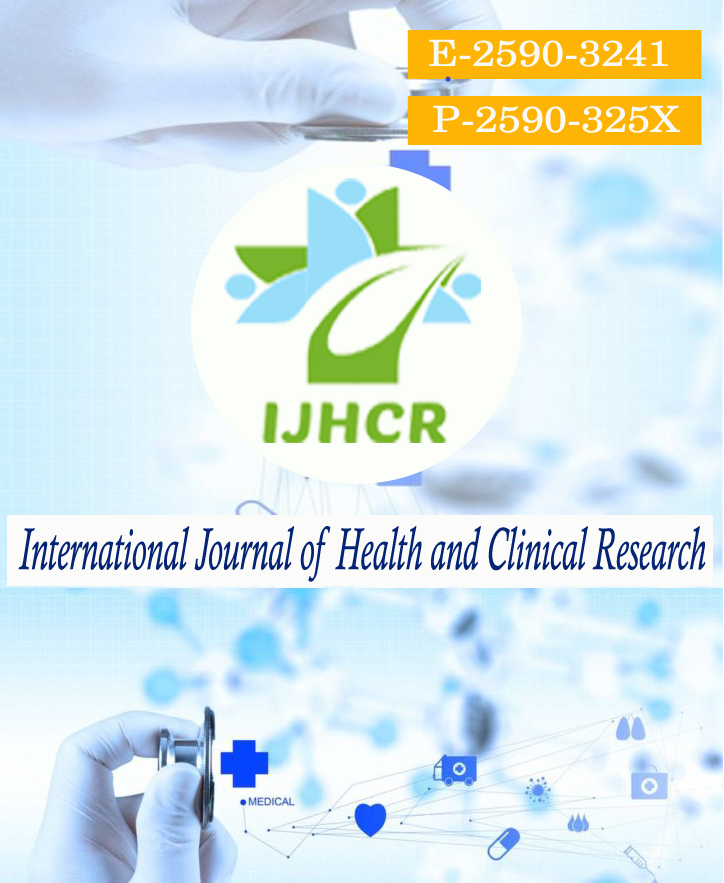An Observational study to Compare the Clinical Outcomes of Antegrade and Retrograde Nailing in Humerus Fracture
Keywords:
Intermedullary nailing, fracture humerus, trauma, healing time.Abstract
Background: Fractures of the humeral shaft account for approximately 3% of all fractures. Intramedullary nailing is a minimally invasive osteosynthesis procedure. Aim: This study aimed to compare antegrade nailing with retrograde nailing with respect to clinical aspects of both the procedures. Methods: Patients aged 18 years or above with fracture humerus were consented to be enrolled for the study, excluding patient younger than 18 years of age, or patients with open fracture, or those with pre-existing elbow or shoulder problems. Clinical history of all patients were noted along with all clinical variables like mode of injury and associated injuries. Patients were followed up at 8,12,16 weeks and were assessed clinically and radiologically. Clinical outcomes of the patients were compared statistically. Results: We included 88 patients in this study, 34 underwent antegrade nailing and 54 underwent retrograde nailing. According to Orthopedic Trauma Association classification majority of the patients belonged to Type A. Operating bleeding was 80 ml in antegrade nailing and 50 ml in retrograde nailing, with no statistical difference. Operating time was found to be lower in antegrade nailing. However, fracture healing rate and time to healing were better in retrograde nailing (96% and 11.9 weeks), with statistical significance. Conclusion: Retrograde nailing had better perioperative and postoperative parameters like fracture healing rate and time to healing.
Downloads
Published
How to Cite
Issue
Section
License
Copyright (c) 2021 Narendra Kumar Sinha

This work is licensed under a Creative Commons Attribution 4.0 International License.






 All articles published in International Journal of Health and Clinical Research are licensed under a
All articles published in International Journal of Health and Clinical Research are licensed under a 